Learn to grow vegetables
Your personal gardening companion. Smart, friendly, and always there when you need it.

start your season
As seen in:
Your personal gardening coach. Expert advice at your fingertips.
Grow your gardening skills the easy way. Get tailored advice suited to your exact goals and conditions.
LET's CHAT1
Start a conversation
Let us know more about yourself: what you are trying to achieve?
2
Get recommendations
We'll help you pick the right plants and care for them.
3
Cultivate your knowledge
Enjoy daily insights tailored to you and your garden.
Our Plants Library
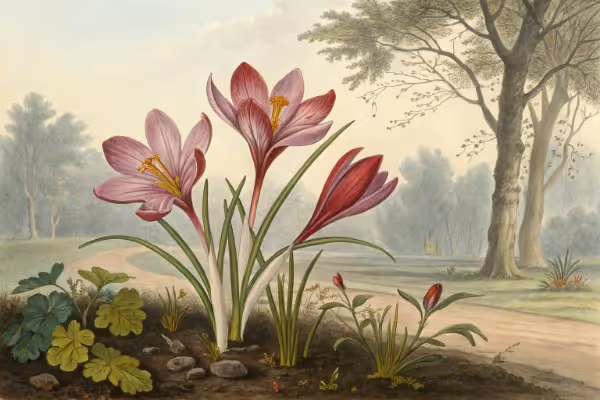
How To Grow Saffron Crocus
Want gourmet gold blooming right in your garden? Growing saffron crocus takes minimal space, flourishes each autumn, and delivers the world's priciest spice—saffron threads harvested by hand from delicate purple blooms. Discover how planting these bulbs in summer sun and gritty, well-drained soil lets you savor homegrown saffron year after year.
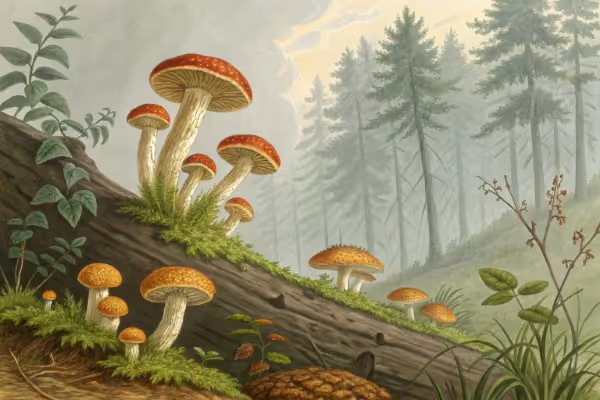
Growing Shiitake Mushrooms for Rich Flavor and Quality Yield
Growing Shiitake Mushrooms at home provides abundant harvests and deep, earthy flavor right outside your back door. Start by inoculating hardwood logs or sawdust blocks, maintain consistent humidity, and ensure temperatures hover between 55°F and 75°F for optimal fruiting. Follow these simple methods, and fresh, savory shiitakes become a delicious, reliable addition to your edible garden. Read on for practical tips and proven techniques for cultivating your own gourmet mushrooms year-round.

Growing Oyster Mushrooms at Home for Flavorful Harvests
Growing oyster mushrooms at home demands little space, thrives indoors, and rewards generously within weeks. Requiring minimal setup, these fungi flourish effortlessly on substrates like straw or spent coffee grounds. With their silky texture and earthy umami, oyster mushrooms promise culinary delight—read on to cultivate your own gourmet harvest.

Growing Lovage: Cultivating the Versatile Garden Herb
Growing Lovage requires little fuss and gives maximum flavor—one sturdy perennial herb keeps coming back year after year. Start seeds indoors in early spring, transplant young plants after frost, then provide rich soil, regular watering, and full sun to partial shade. Trim often and use the celery-like shoots to punch-up soups, salads, and cocktails; once you taste freshly snipped lovage, you'll wonder why it never graced your garden before.

Growing Chervil: A Delicate Herb for Culinary Gardens
Growing chervil gives your garden a subtle culinary touch and fresh greenery for mild seasons. Sow this delicate herb in rich, moist soil somewhere partly shaded, and watch as it quickly sprouts fine, fern-like leaves ready to snip. For steady flavor, plant chervil successively through spring and fall. Intrigued? Read on to master simple methods for enjoying your own homegrown Anthriscus cerefolium, prized in French dishes for its mild, anise-like charm.
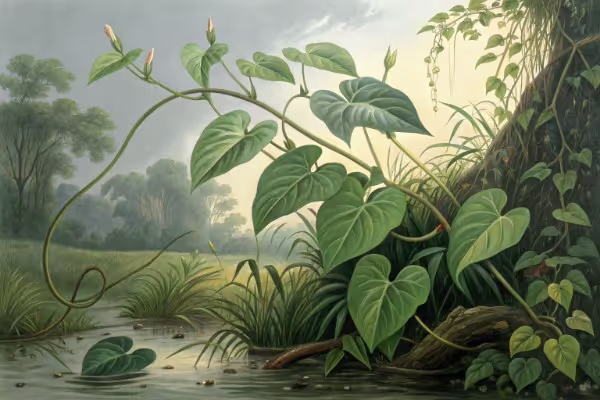
Growing Water Spinach at Home for Fresh Leafy Greens
Ready to start growing water spinach? Begin by soaking seeds overnight, then plant in rich, moist soil where sunlight generously flows. Harvest tender shoots within weeks, savoring this fast-growing Asian green's vibrant crunch and delicate flavor. Simple to cultivate and satisfyingly tasty, water spinach rewards your gardening hustle—keep reading to grow it right.
Latest From Our Blog
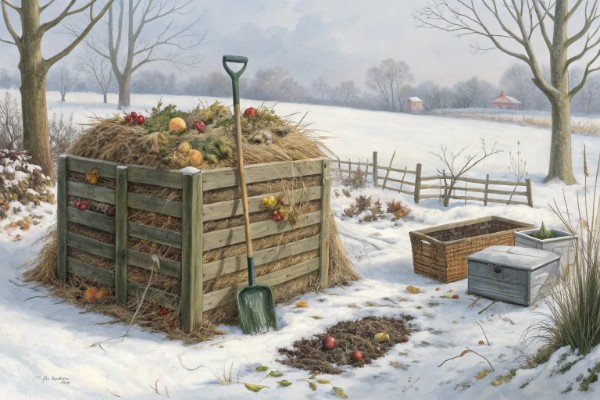
Composting in Cold Climates: Tips for Year-Round Decomposition
Cold climate composting thrives with a 3x3x3 ft. pile, 25–30:1 C:N, and moisture like a wrung-out sponge. For cold climate composting, layer 2–3 parts carbon to 1 part nitrogen, chop to 1 inch, and insulate with 6 inches of leaves or straw. In cold climate composting, keep the core at 130–150°F, turn less during deep freezes, and cover the bin to block wind and shed snowmelt. Stick with me—we’ll keep that heap cooking all winter.
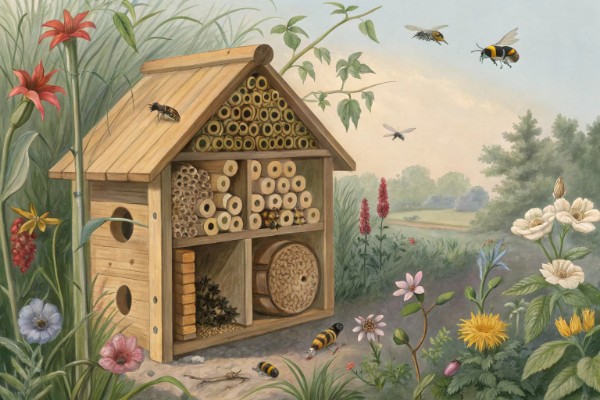
DIY Bee Hotels and Pollinator Sanctuaries
Build a DIY bee hotel to help solitary bees that pollinate a third of crops and much backyard fruit. Use untreated hardwood or bamboo for your DIY bee hotel; drill 3–8 mm holes 4–6 inches deep with one closed end. Mount the DIY bee hotel 3–6 feet high, facing southeast, under an eave to stay dry and out of wind.Plant native flowers, set a shallow water dish, skip sprays, and your pollinator sanctuary will hum. Ready to build?
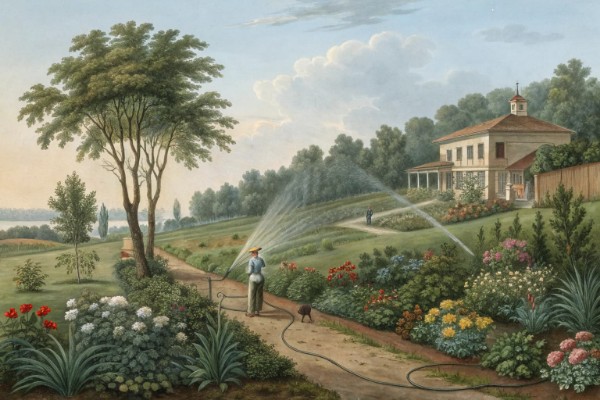
Saving Water: Smart Irrigation Tools and Techniques
Practice smart irrigation gardening: switch to drip and ET controllers to cut water use 30–50%. Use soil moisture sensors for smart irrigation gardening to skip cycles and cut overwatering 20–40%. Group zones by plant water needs for smart irrigation gardening, and mulch 2–3 inches to curb evaporation up to 25%. Let’s talk valves, flow meters, and the tweaks that make every drop count.

Turning Kitchen Scraps into a Mini Edible Jungle
To regrow kitchen scraps, set scallion roots in a jar of water; new shoots pop in days. You can regrow kitchen scraps by placing lettuce cores in a shallow dish; leaves push from the crown. Regrow kitchen scraps from garlic cloves for greens, and tuck ginger knobs in soil for fresh growth. Build a tight, edible jungle on your sill—cheap, low-waste, full of flavor. Keep reading for timing, light, and the small tricks that make scraps earn their keep.

Apartment Composting: From Food Waste to Fertile Soil Without the Smell
Apartment composting made simple: use a sealed 5-gallon bin and a 2:1 brown-to-green mix to cut odor. Apartment composting stays clean if you freeze scraps, cover each layer with shredded paper, and aerate weekly. Apartment composting: choose bokashi for 2–4 weeks or vermicomposting for castings in 8–12 weeks.Stick around for gear, steps, and a cook’s approach to apartment composting without the stink.

Low-Light Edibles: Food Plants That Don’t Need Full Sun
Grow low light edible plants in shade: greens, herbs, and scallions thrive with 2–4 hours indirect sun. Start low light edible plants like lettuce, spinach, mint, chives, and parsley in pots; water evenly; harvest baby leaves in 3–4 weeks. Place low light edible plants where they catch morning light or bright shade; feed with diluted compost tea monthly; keep soil moist.These small-space staples taste clean, hit fast, and keep your kitchen humming—stick around for the short list and how to nail it.
FAQs
Commonly asked questions about the Taim.io gardening guide
How does Taim.io help me?
Taim.io helps you get started by selecting the ideal crops for you, avoiding both waste and disappointment, while maximizing your chances with growing healthy, high-yielding plants.
How is Taim.io different from a newsletter?
Taim.io uses geographic data, climate and botanical data and other signals to determine which plants are optimal for your exact surroundings. Once you're actually growing something, we'll make sure you receive relevant care instructions, and nothing else.
What does a Taim.io membership cost?
The full version of the Taim.io guide costs $5.99.
What do I need to get started growing my own food?
While your own two hands, some good soil, seeds and pots will go a long way, you might want to get yourself some basic supplies and tools to take things a step further. For instance, some shears, gloves, a spade and a rake will certainly help. Don't worry though, the equipment needs will be explained and laid out for you as you progress! The most important thing is starting with the right knowledge.
Can I grow vegetables at home right now?
Yes. There's always something you can grow, wherever you are. The key is knowing what and how! Each plant has its own unique set of requirements in order to thrive. Meanwhile, the environment in your exact location is also unique. So, somewhere out there is a plant that's right for your conditions, right now!
Find out which plants will thrive in your garden!
Answer a few fun questions and get custom plant recommendations perfect for your space. Let’s grow something amazing together!

start your season